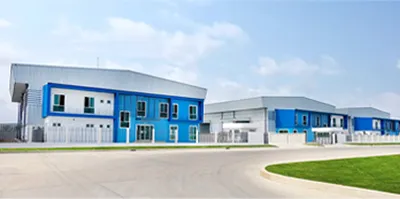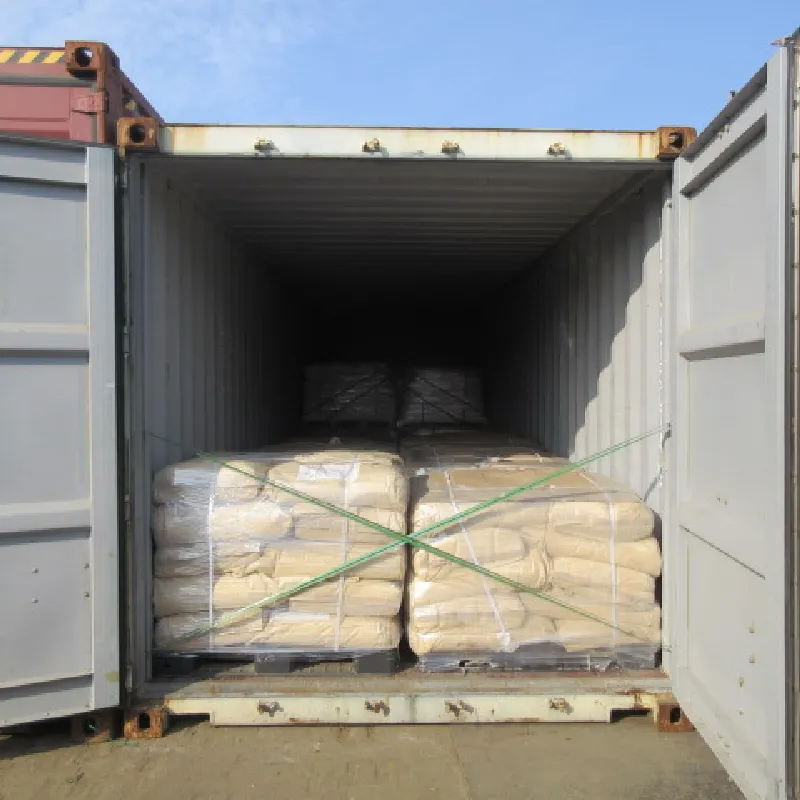
Exploring the Effects and Uses of E150d Food Additive in Processed Foods
Understanding E150d The Dark Caramel Food Additive
E150d, commonly known as Caramel Color, is a widely utilized food additive that plays a pivotal role in enhancing the visual appeal of various food and beverage products. As one of the most prevalent color additives, E150d holds significant importance in the food industry, and its applications are both broad and varied. Here, we will explore what E150d is, its uses, production methods, safety considerations, and the ongoing discussion around its potential health implications.
What is E150d?
E150d is a specific type of caramel color produced by the controlled heat treatment of carbohydrates, typically derived from sources like sugar or starch. Unlike other forms of caramel used in cooking, E150d is specially processed to achieve a stable, dark brown color. It is also classified as a Class IV caramel, which is produced under the influence of acids or alkalis, making it suitable for a vast array of products, including soft drinks, sauces, and baked goods.
Uses of E150d
The primary function of E150d in food products is to provide an appealing brown color that can often enhance the perception of taste and quality. Products that commonly include E150d include
- Soft Drinks Many cola beverages owe their characteristic color to E150d, making it a staple in the soft drink industry. - Baking Products It can be found in various baked goods to provide uniform coloring and enhance visual appeal. - Sauces and Condiments E150d is frequently used in barbecue sauce, soy sauce, and gravies to deliver a rich, appealing hue. - Craft Beers Some craft breweries utilize E150d to adjust the color of their beers without significantly altering the flavor.
e150d food additive

Beyond aesthetics, E150d can also contribute a slight flavor, shading towards a caramel-like taste, which can enhance the overall sensory experience of the product.
Production Methods
The production of E150d involves the caramelization of sugars under controlled conditions. In industrial settings, various sugars like glucose, sucrose, or fructose are subjected to heat along with acids or alkalis to produce this distinctive caramel color. The process must be carefully monitored to ensure consistency and compliance with food safety regulations. As a result, E150d can be produced in various grades, each tailored for specific applications within the food industry.
Safety Considerations
E150d is considered safe for consumption by regulatory agencies such as the Food and Drug Administration (FDA) and the European Food Safety Authority (EFSA), which have established acceptable daily intake levels. However, as with any additive, there are discussions surrounding its long-term health implications, particularly concerning its production process which involves ammonium compounds. Some studies have suggested that these compounds could potentially have adverse effects, leading to calls for more stringent regulations and labeling practices.
Conclusion
In conclusion, E150d plays a crucial role in the food and beverage industry, providing not only an appealing color but also ensuring product consistency and consumer acceptance. While it is deemed safe by numerous health authorities, ongoing research and consumer awareness campaigns about food additives highlight the need for transparency in food labeling. As consumers become more health-conscious and concerned about the ingredients in their food, understanding additives like E150d will remain vital in making informed dietary choices. As the food industry evolves, the dialogue surrounding additives like E150d will likely continue, paving the way for innovations that balance safety, aesthetics, and health.
-
Industrial Chemicals: Quality & Purity for Every IndustryNewsAug.28,2025
-
Nitrile Rubber Honoring Strict Production StandardsNewsAug.22,2025
-
Aspartame Ingredients Honoring Food Safety ValuesNewsAug.22,2025
-
Fertilizer for Balanced Plant NutritionNewsAug.22,2025
-
Cyanide Gold Processing with High Purity AdditivesNewsAug.22,2025
-
Formic Acid in Textile Dyeing ApplicationsNewsAug.22,2025
-
Aluminum Hydroxide Gel in Skincare ProductsNewsAug.22,2025
Hebei Tenger Chemical Technology Co., Ltd. focuses on the chemical industry and is committed to the export service of chemical raw materials.
-

view more DiethanolisopropanolamineIn the ever-growing field of chemical solutions, diethanolisopropanolamine (DEIPA) stands out as a versatile and important compound. Due to its unique chemical structure and properties, DEIPA is of interest to various industries including construction, personal care, and agriculture. -

view more TriisopropanolamineTriisopropanolamine (TIPA) alkanol amine substance, is a kind of alcohol amine compound with amino and alcohol hydroxyl, and because of its molecules contains both amino and hydroxyl. -

view more Tetramethyl Thiuram DisulfideTetramethyl thiuram disulfide, also known as TMTD, is a white to light-yellow powder with a distinct sulfur-like odor. It is soluble in organic solvents such as benzene, acetone, and ethyl acetate, making it highly versatile for use in different formulations. TMTD is known for its excellent vulcanization acceleration properties, which makes it a key ingredient in the production of rubber products. Additionally, it acts as an effective fungicide and bactericide, making it valuable in agricultural applications. Its high purity and stability ensure consistent performance, making it a preferred choice for manufacturers across various industries.





